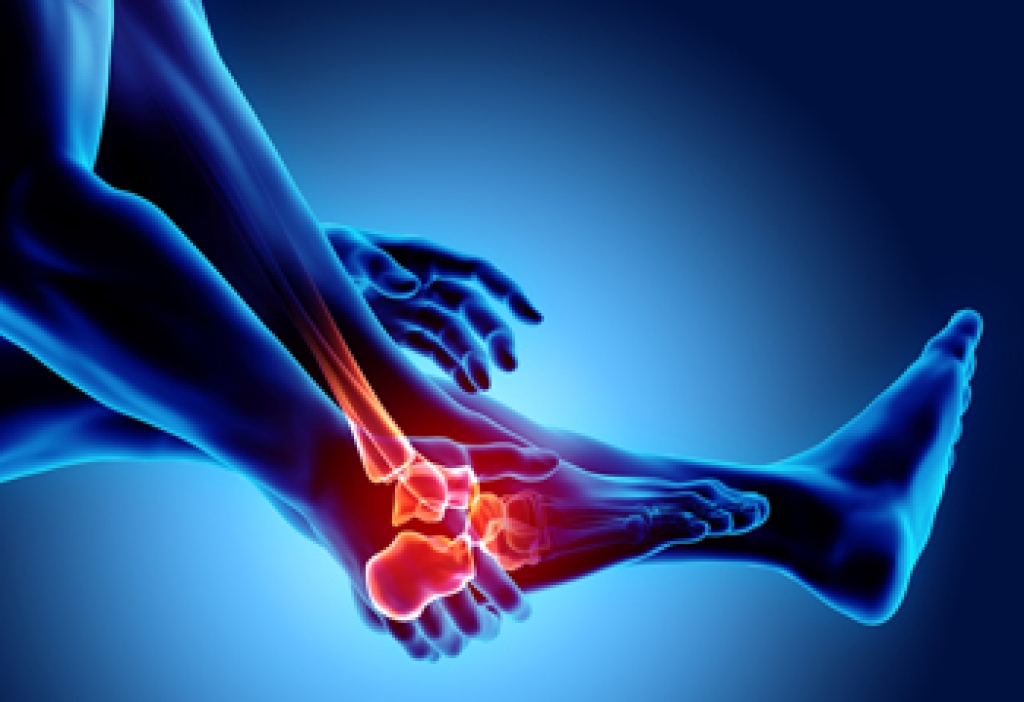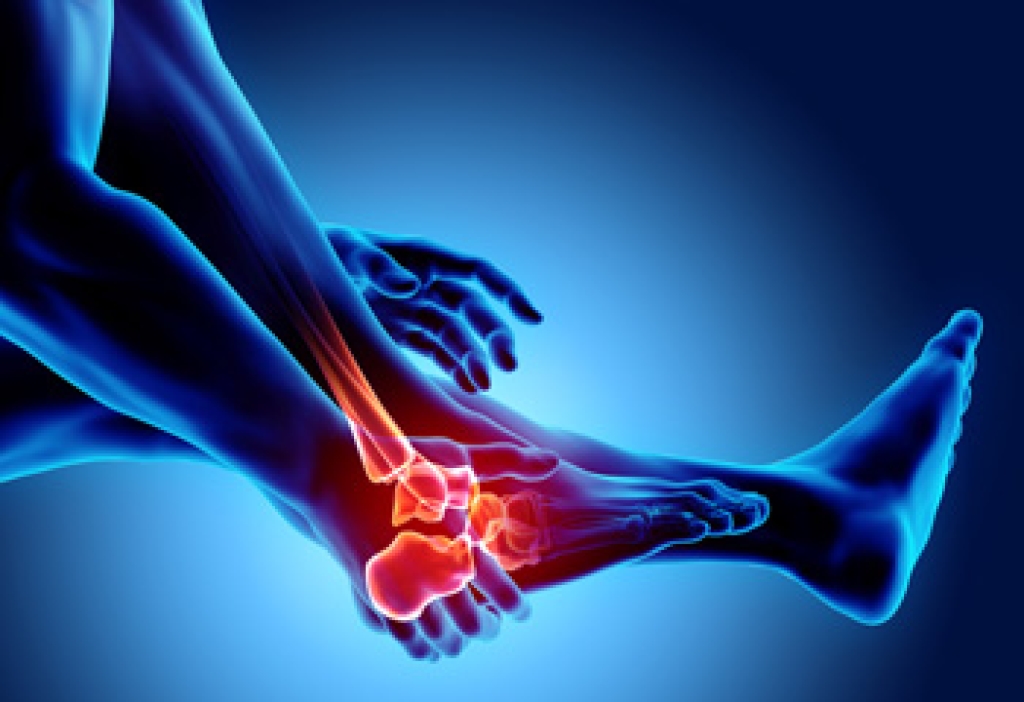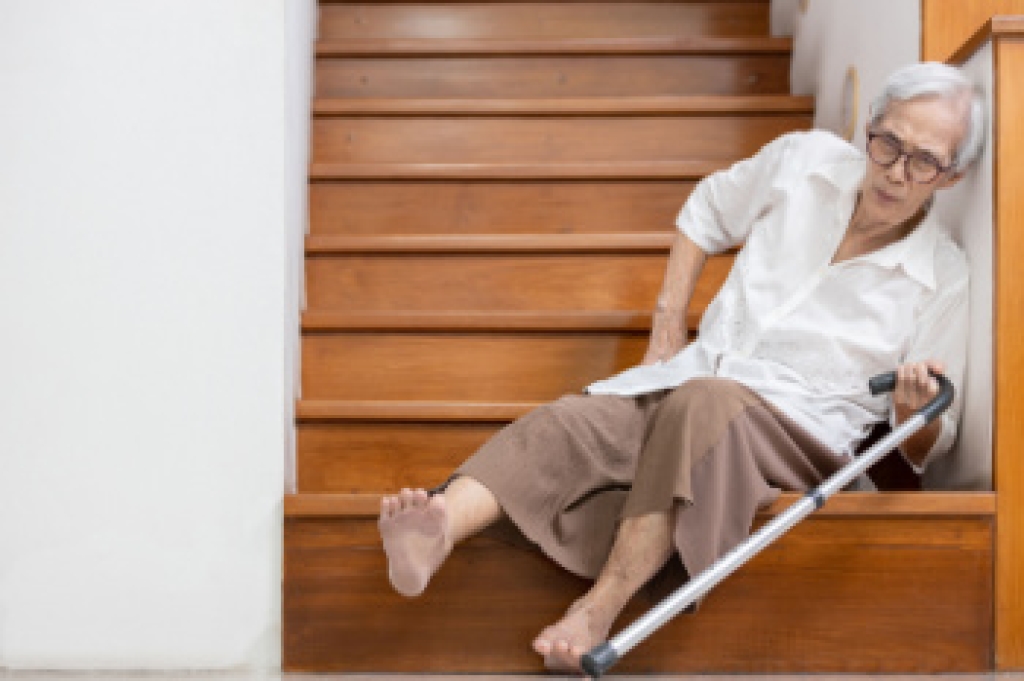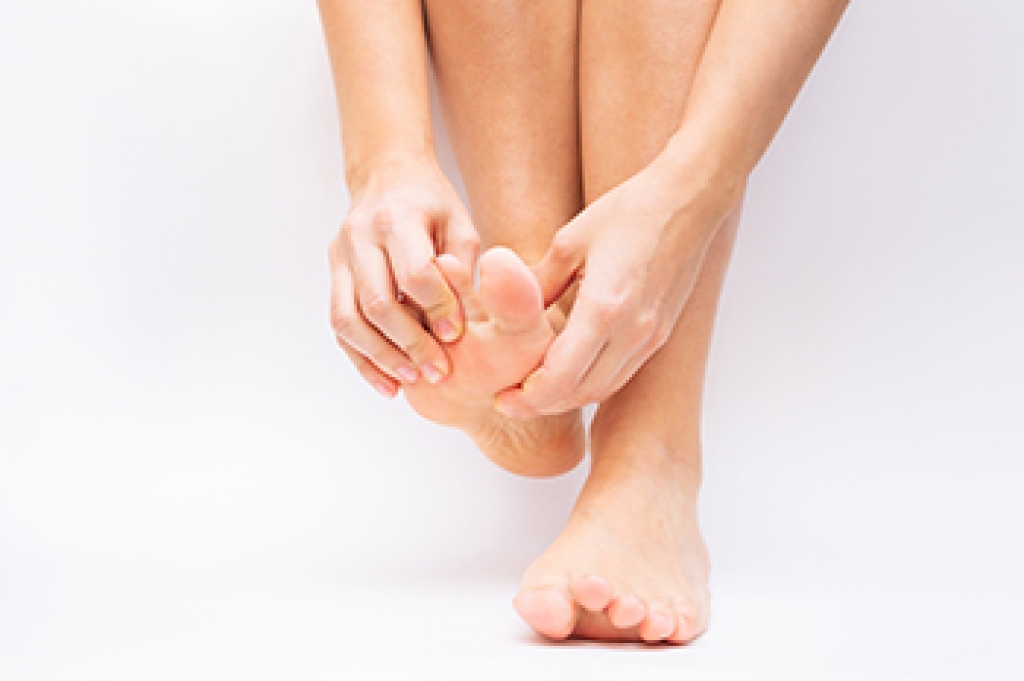
The Achilles tendon plays a crucial role in walking, running, and pushing off the ground, which makes injuries to this structure both painful and limiting. Problems can occur from overuse, tight calf muscles, sudden increases in activity, or wearing improper footwear. Common conditions include tendonitis, which causes inflammation and soreness, and tendinosis, which involves gradual weakening of the tendon fibers. More severe achilles tendon injuries, such as partial tears or complete ruptures, may happen during explosive movements or sports activities. Symptoms often include sharp or aching pain along the back of the heel, stiffness in the morning, swelling, or difficulty rising onto the toes. Early care focuses on reducing strain through rest, stretching, and wearing supportive footwear. More advanced injuries may require immobilization, targeted exercises, or surgical correction. If you notice ongoing pain or difficulty with everyday movement, it is suggested that you see a podiatrist who can provide a thorough evaluation and recommend appropriate treatment.
Achilles tendon injuries need immediate attention to avoid future complications. If you have any concerns, contact Pasquale Cancelliere, DPM of Candria Foot and Ankle Specialists. Our doctor can provide the care you need to keep you pain-free and on your feet.
What Is the Achilles Tendon?
The Achilles tendon is a tendon that connects the lower leg muscles and calf to the heel of the foot. It is the strongest tendon in the human body and is essential for making movement possible. Because this tendon is such an integral part of the body, any injuries to it can create immense difficulties and should immediately be presented to a doctor.
What Are the Symptoms of an Achilles Tendon Injury?
There are various types of injuries that can affect the Achilles tendon. The two most common injuries are Achilles tendinitis and ruptures of the tendon.
Achilles Tendinitis Symptoms
- Inflammation
- Dull to severe pain
- Increased blood flow to the tendon
- Thickening of the tendon
Rupture Symptoms
- Extreme pain and swelling in the foot
- Total immobility
Treatment and Prevention
Achilles tendon injuries are diagnosed by a thorough physical evaluation, which can include an MRI. Treatment involves rest, physical therapy, and in some cases, surgery. However, various preventative measures can be taken to avoid these injuries, such as:
- Thorough stretching of the tendon before and after exercise
- Strengthening exercises like calf raises, squats, leg curls, leg extensions, leg raises, lunges, and leg presses
If you have any questions please feel free to contact our offices located in Londonderry, NH and Salem, NH . We offer the newest diagnostic tools and technology to treat your foot and ankle needs.












